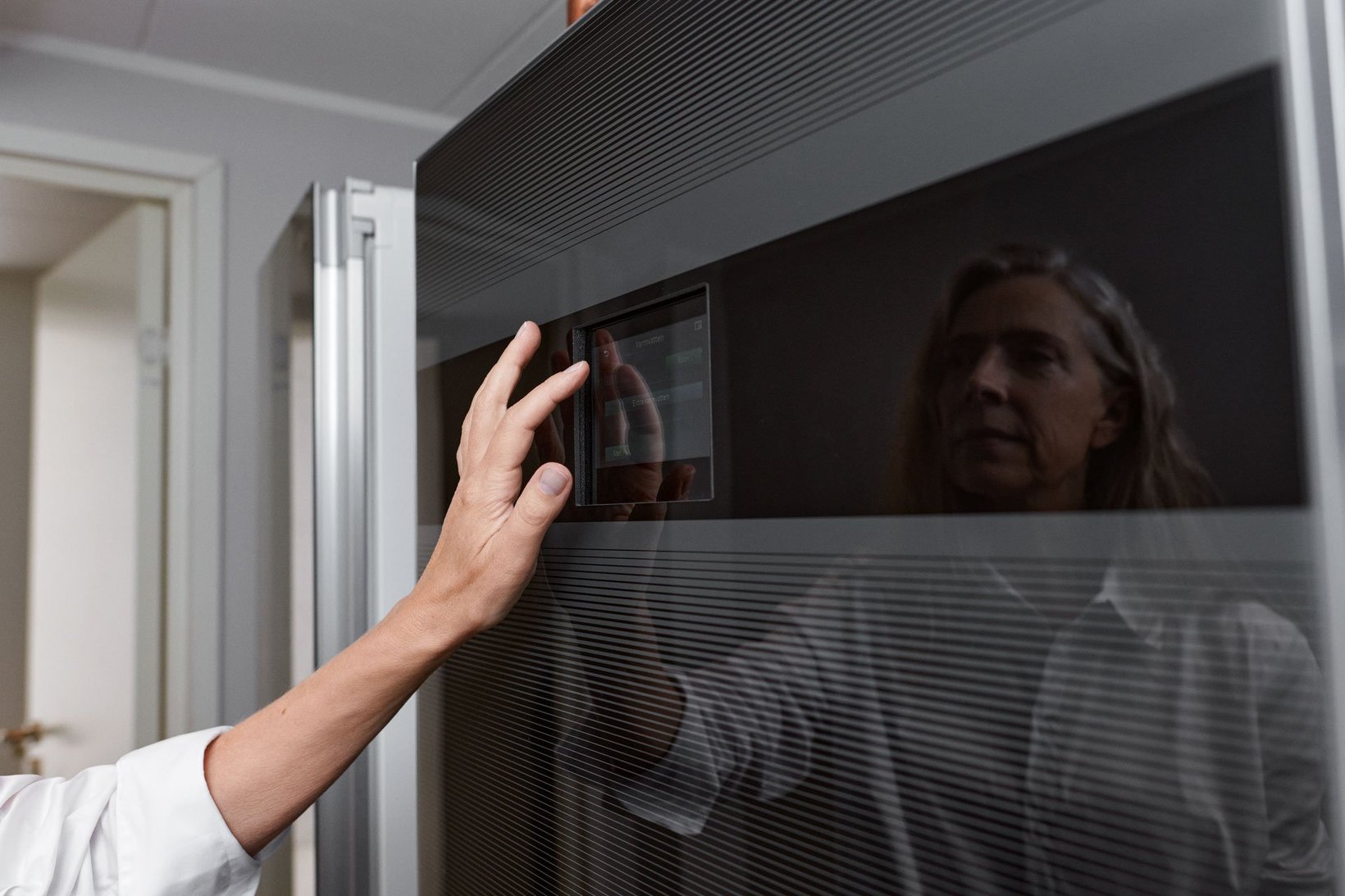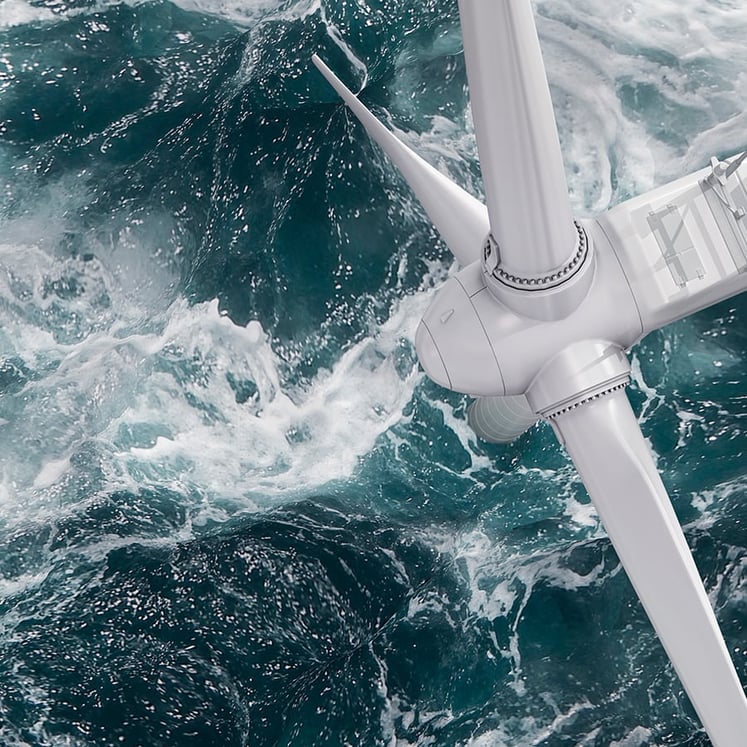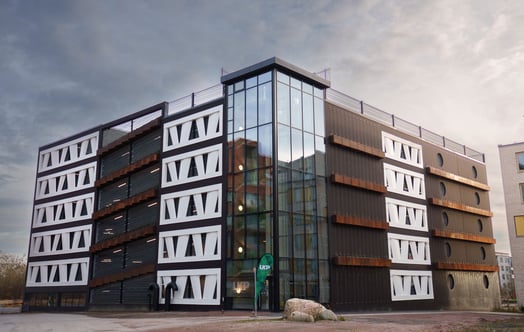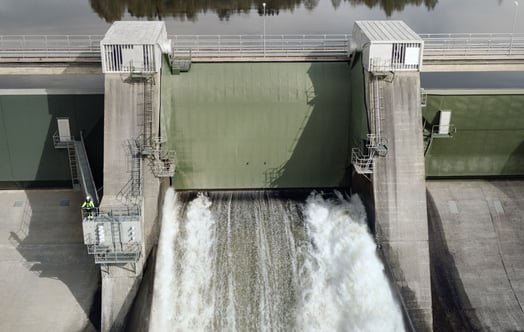
AI has enormous potential to reduce energy consumption across society. Already, AI technology has reduced energy consumption in buildings by 20 percent and halved electricity usage for mobile networks. A decisive advantage is AI's ability to adapt and optimise energy use exactly where it is needed at any given moment.
How do you heat your home? Perhaps it's a bit warmer in the kitchen at night than it needs to be, and perhaps the heat rises quickly to unbearably hot levels on sunny days in rooms with large windows? Indeed, this is the case in many buildings, and collectively, vast amounts of energy are wasted.
In the EU, buildings account for about 40 percent of total energy consumption and approximately 36 percent of carbon dioxide emissions. A reduction in energy consumption in buildings could therefore have a significant impact on the climate. As energy prices have soared in recent years, the desire to reduce climate impact has accompanied the need to cut energy costs for homes, workplaces, and other buildings swiftly. Alongside the demand for transitioning to greener energy usage and the desire to save money, a new opportunity has arisen to save energy: artificial intelligence, AI, applied to heating and ventilation technology.
In short, AI can be described as the application of computing power to access, understand, and analyse data to suggest how to act to attain a specific goal. For instance, how to heat a building in the most optimal way with optimal comfort for those inside the building. There's really no limit to how large the data quantities can be or how many parameters the data shows. Unlike human intelligence, AI can exploit the vast amounts of data, including measurement data that is continually updated, and apply them to plan for a specific temperature inside the rooms, around the clock, year-round.
If we revisit your home as an example, it's possible to install sensors that continually measure the temperature and humidity in different rooms. Combined with data about the outdoor temperature and how much energy is supplied for heating and ventilation, a pattern gradually emerges of how the weather and energy use affect indoor conditions. The AI-system can also incorporate data about the forecasted weather to adjust the heating and ventilation.
Register for our monthly newsletter THE EDIT
THE EDIT is Vattenfall's new monthly newsletter. Each issue highlights a new burning issue from the world of sustainable energy and fossil freedom.

AI technology has been used in two large apartment buildings in Gustavsberg, Sweden, since the spring of 2022. Two blocks with 119 rental flats, built in 2018, have optimised heating using AI technology. A primary requirement has been that the comfort for the tenants should be at least as high as before. The buildings are connected to district heating, but that does not really matter for the implementation of AI: most heating technologies can be combined with AI.
"The fact is that the indoor temperature now becomes more consistent, and the comfort is higher with ventilation and heating controlled by AI technology," says Michael Skogqvist, who is the property manager at Polstjärnan, which owns the properties.
"By considering various factors such as solar radiation and weather forecasts, the system can stay one step ahead and predict the amount of heat the different parts of the building need to maintain the right temperature with the least possible supply of heat," Michael Skogqvist explains.
The properties' heating system is constantly connected to the AI software, and the combination of sensors and control means that the system continually learns more about how to heat the buildings with the least possible energy supply. The introduction of the technology has so far reduced energy consumption by about 20 percent in the buildings in Gustavsberg. In combination with other measures, the energy savings have reached a total of about 30 percent.
The potential to use AI for energy optimisation covers many areas within energy. Another example is complex electricity grids that increasingly need to be flexible. The shift to fossil-free energy production entails more weather-dependent sources such as wind and solar power, and large batteries can be used to maintain the frequency in the grids. AI is crucial for the so-called smart grids that can predict which energy sources are needed when and then control energy supply based on the need.
Another example is the energy-intensive mobile networks which are used very differently depending on where people are and how many calls they make and how much they use the internet. The first AI-controlled mobile network in Japan halved energy consumption by up to half in areas with relatively low traffic and by up to 20 percent per transmission unit, according to the telecom company Nokia and the Japanese mobile operator KDDI, with more than 60 million users.
But can AI technology help reducing energy consumption in your home? According to Michael Skogqvist, it is likely. "I think essentially all buildings can benefit from this technology for energy optimisation. The oldest building we are planning to install AI optimisation is from 1905, and I think It's only a matter of time before we've installed it in all our buildings.”



